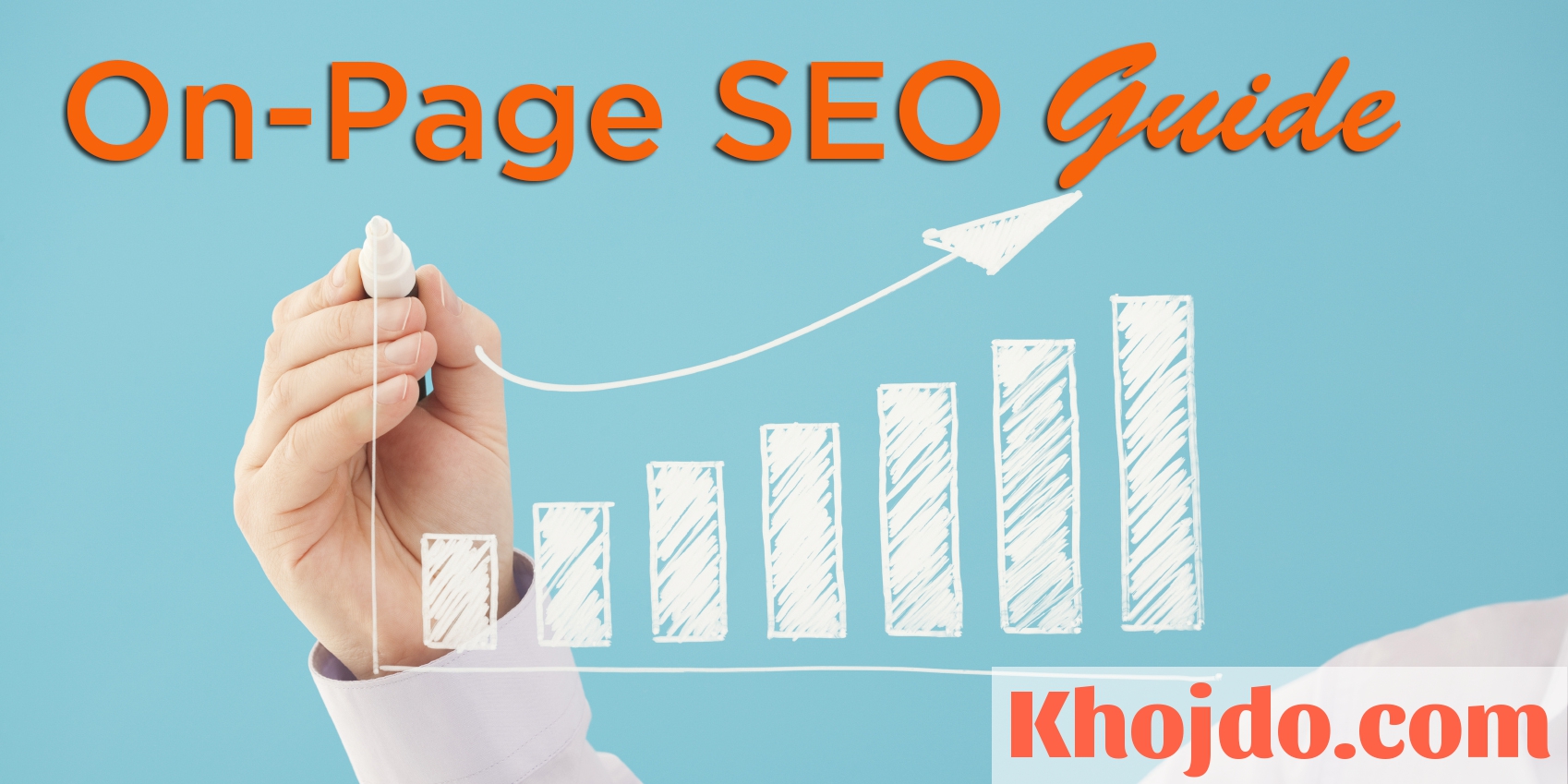It’s important to make your website SEO friendly. If your website isn’t SEO friendly, it will likely be difficult to rank on the internet search engine. There are numerous methods for you to enhance the visibility of your site in the search engines using on-page optimisation.
What On-Site SEO Can I Undertake to rank better in search engine
It is important to realize that it isn’t about backlinks, anchor text and directories. Some simple changes and additions to the website it self can significantly improve its performance and exposure. Paying an excessive amount
of focus on off-site optimisation could make little, if any, difference if your site isn’t optimised and offering interesting, original content.

One method to make your website SEO friendly would be to shorten the time frame for the webpage to be downloaded. If your site takes quite a long time to load, no body will want to consider visiting it anymore. Everyone loves to browse a web site that loads fast. The homepage and the interior pages should just take under 5 seconds to load. If your website is taking quite a long time to load, you just need to take the required actions to get it to load faster.
Websites which are hosted on an inexpensive server will require quite a long time to load. If your server hosts lots of web sites, your site will most likely take quite a long time to load. Hosting that is on a shared server includes a limited bandwidth. If you work with the bandwidth up to the limit, you will discover that the pages will take quite a long time to load. To resolve this issue, you should proceed to another hosting that is a shared server which has a higher bandwidth and bigger disk space. The very best solution would be to host all of your websites on a virtual private server. You can also read LIST OF TOP BEST AND CHEAP WEB HOSTING SERVICES FOR YOUR WEBSITE OR BLOG
The virtual private server provides a larger disk space and higher bandwidth. A virtual private server is definitely an option for people who do not have money to purchase the dedicated hosting. The dedicated hosting costs a couple of hundred dollars monthly, whereas a virtual private server costs less than twenty dollars monthly.
Yet another reason that causes the webpage to load slow may be large images. Before utilizing an image in your article, make certain it is compressed. You shouldn’t use PNG or bitmap pictures in your articles. The very best image format you should use are JPEG and GIF image files. The PNG and bitmap image is often as large as a couple of hundred MBs even if it’s a little image.
In the event that you own Photoshop computer software, you are able to decrease the image quality by lowering the standard scale. The JPEG options dialogue box will appear whenever you make an effort to save yourself the image. In the dialogue box for JPEG options, you are able to adjust the standard scale to under 5.
Additionally, you will have to perform keyword research, using tools such as the Adwords Keyword tool, to locate high end keyword combinations with reasonable competition and use these as the basis of your optimisations when writing your website articles.
Your write-ups shouldn’t be full of a lot of keywords. If articles are full of keywords, it’s not going to get indexed in the internet search engine. Keyword stuffed articles will undoubtedly be viewed as spam by most SE’s. You can examine the keyword density of articles by counting the amount of key words. The perfect keyword density for every article is 2% to 3%.
Different article directory sites have different keyword densities. You can look up the submission recommendations to discover the minimum keyword density in the content. For instance, if your article has 600 words, the amount of key words allowed is 12 to 18. Ergo, if the keyword is wedding cake, you are able to repeat it 6 to 9 times. You can also read WHAT IS KEYWORD DENSITY IN SEO AND HOW MANY TIMES KEYWORDS SHOULD BE USED IN A POST
If you work with Microsoft Office Word to organize the content, you should use the highlight feature to highlight the key words in the content. The highlight feature is accessed from the find search box.
Here are a couple of other effective strategies for on-site optimisation:
-
Semantic Code
Quite a clear one, but one which may be easily overshadowed by other problems. Coding your site semantically can make it simpler to maintain, write and crucially help SE’s index its content. Proper utilization of HTML factors, for example, H1, H2, H3, DIV, URL and so on, can make a positive impact on the optimization of a website. Always attempt to ensure your code validates utilizing an on line tool like the W3C markup validator.
-
Page Title and Meta Description
The meta title is one of the most effective elements in SEO when done precisely. It may seem like writing a descriptive title to attract readers is the easiest method to tackle this. However, in fact you should attempt to optimise the meta title for SE’s because, in the end, being ranked highly by search engines is more valuable for you as an internet site owner.
Try to carefully keep the meta title short, concise, yet descriptive and containing your desired keyword. It’s really rather difficult to optimise the meta title this way and this can require some thinking and rewriting to be able to make it right.
The meta description tag can be used to greatly help determine the rank of an internet site. Even though it’s not as effectual as the meta title, you should attempt to incorporate your targeted keyword(s) in the beginning of the meta description for most useful results.

